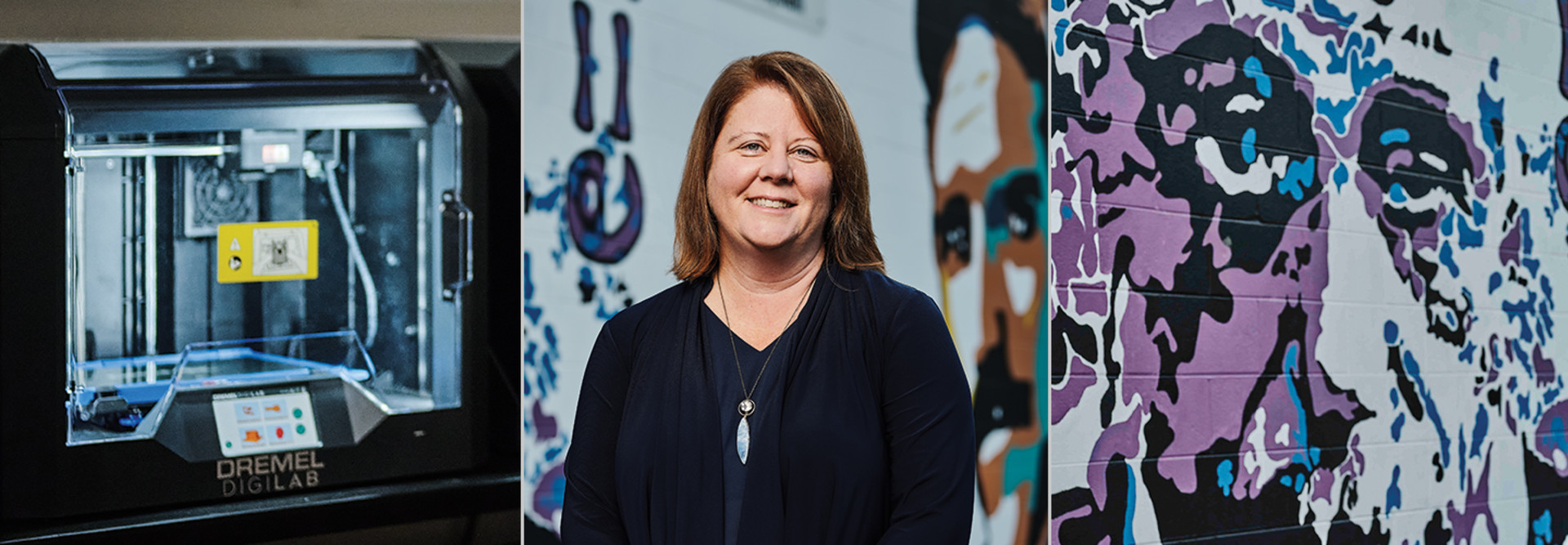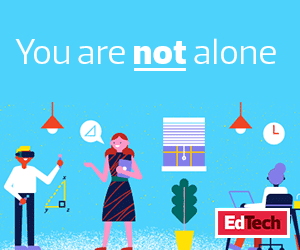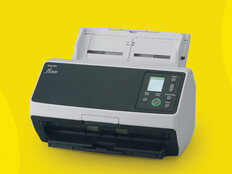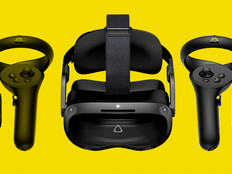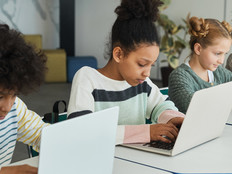“I use it to print out things like fossil replicas that the students can use for different lab exercises,” says Beverly Owens, an eighth grade science teacher at Kings Mountain Middle School. At the start of the pandemic, she pulled down designs from the MakerBot design-sharing platform Thingiverse, and has since printed more than 400 pieces of PPE.
“I’ve always felt that if you have the ability, then you have the responsibility,” she says. “I have these machines, I have the capability, and I am happy to do whatever I can to help.”
READ MORE: Learn about the classroom benefits of 3D printers.
Schools Leverage Tech to Serve Broader Community
That spirit of responsibility had educators making creative use of their additive-manufacturing capabilities even before the coronavirus pandemic, putting their technology resources to use in support of community needs.
At Clayton-Bradley Academy in Maryville, Tenn., engineering and robotics specialist Barry Lucas has helped his students use four MakerBot Replicator Plus printers to manufacture prosthetic limbs for kids in need.
That wasn’t the original plan. The printers generally support classroom learning, with students printing everything from model bridges and turbines to parts for autonomous vehicles. For the prosthetics effort, the school teamed with e-NABLE, a network of volunteers who create 3D-printed prosthetics for people in need, especially children.
“The arms we print are for youth who have a functioning elbow and some portion of their forearm,” Lucas says. “It attaches to the bicep/triceps above the elbow and on the forearm below the elbow, and that hinge serves as a mechanical actuator. When you move the elbow, it opens and closes the hand.”
More than just an exercise in engineering, the project has helped broaden students’ engagement with the wider world. “When the students worked on this project, it became so much bigger, especially when they met these young individuals who received the limbs,” Lucas says. “Not many kids get the opportunity to see how the things they do in class can actually change someone’s life.”
In Nevada, Carson Montessori Charter School also is teaming with e-NABLE and using other printers to manufacture parts that are assembled into prosthetic hands. Students have driven the project from the ground up.
“The students built the 3D printers — they actually put them together themselves,” Principal Jessica Daniels says. “And these prosthetic hands, they don’t just print in one piece, we print them in parts and then assemble those basic parts. So the students are engaged in every step of the process.”
Daniels also sees more here than just a classroom exercise in modern technology. By putting that technology to use for social good, the school can teach a bigger lesson.



